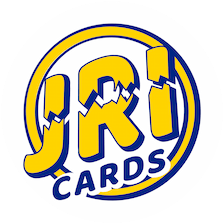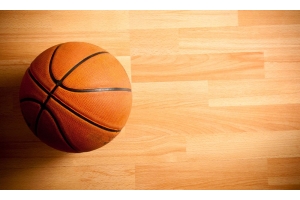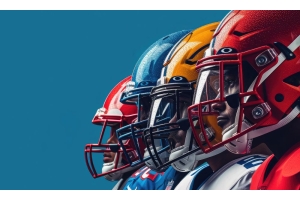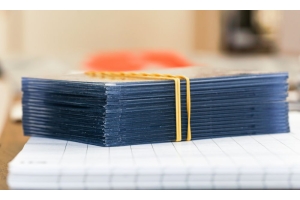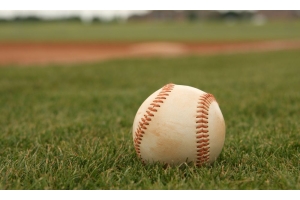5 Tips for Spotting a Fake Vintage Baseball Card
5 Tips for Spotting a Fake Vintage Baseball Card
As more and more people are trading baseball cards, there will be people trying to make money by selling fake cards. While some fake cards are more obvious than others, it takes a keen eye to spot some fake vintage baseball cards that the counterfeiters put more effort into. It’s a difficult game to navigate, but knowing what signs to look for lets you rest easy knowing you’re buying only authentic cards.
Seller Reputation
One of the most effective ways to spot a fake vintage baseball card is by looking at who is selling it. If you’re in a physical space, it can be harder to determine the seller’s reputation, but when you’re online, you can better see a seller’s history. If a seller has consistent five-star ratings and positive feedback, it’s easier to assume they’re selling legitimate cards. Conversely, someone with no or poor reviews is less trustworthy, and they very well could be selling fake cards.
Aged Reprints
Another tip for spotting fakes is looking at the aging of a card. Older, vintage cards develop softer edges and yellowing—signs of natural aging. Since these cards were originally released, different card manufacturers have done some rereleases, creating a card with older players that look modern. Some scammers will take these cards and artificially age them with dirt, tea, or coffee. It can be difficult to spot at first, but the aging on these cards looks artificial, whereas authentic card aging is more natural and harder to replicate.
Low-Quality Printing
Even while technology has advanced over the years, printing is one area that hasn’t improved. Many modern printers create dot patterns around the edges of a figure, like a trading card player’s face. Older printing was more methodical, meaning the figures look more real. If you notice this repeated dotting on any vintage cards you’re looking at, they’re likely a modern reproduction instead of an authentic vintage card.
Card Size
Something as simple as card size should be easy to replicate, but many counterfeiters don’t research and print their fakes at a different size than the real card. Many older tobacco or chewing gum cards were smaller than modern-day cards. Double-check the measurements of any card you’re looking at to ensure the one you buy is real.
Card History
Another way you can tell if a card is fake is by looking at other cards like it to see if the card type actually exists. For some reason, counterfeiters have created their own cards that don’t exist anywhere else. You cannot compare it to a real card to see that it’s fake, but you also have nothing else to authenticate it against. If you can’t find other cards like the type you’re looking at, it may only exist as the fake in front of you.
Spotting a fake vintage baseball card takes some work, but it is essential to ensure you’re getting the right deal when shopping for cards, whether online or in person. If you want to avoid even the possibility of buying a fake card, you can stick to buying already graded cards or look at some of the baseball card breaks we have here at JRI Cards. You can rest easy with us, knowing that our packs and boxes are the real, authentic thing—nothing a counterfeiter’s gotten their hands on!
